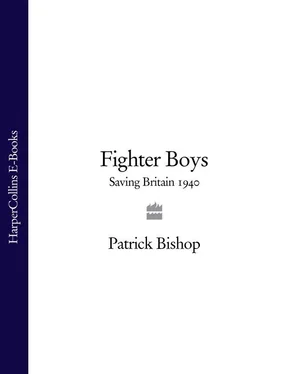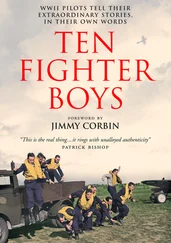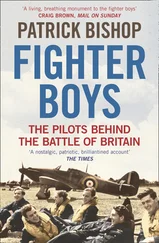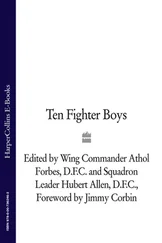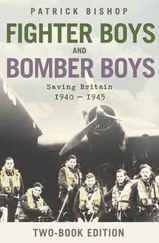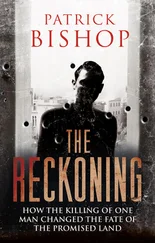Our understanding of the ethos of Fighter Command has been helped greatly by the work of the Imperial War Museum, which more than 20 years ago set out to record the testimony of many of those engaged in the air battles of 1940 and preserve them in its sound archive. These interviews have provided much fascinating material and I am grateful for permission to reproduce extracts. The staffs of the Sound Archive, Department of Documents and Printed Books, Photograph Archive and Film and Video Archive were always helpful and efficient. I also want to thank Gordon Leith and his team at the Department of Research and Information Services at the RAF Museum, Hendon and the staff of the Public Record Office in Kew for their patience and the hard work they did on my behalf. Jean Buckberry was a gracious guide to the Royal Air Force College, Cranwell and its library. The staff of RAF, Benson, provided me with the records of the Oxford University Air Squadron in the interwar years.
In another, very different, area of research, I would like to thank Rod Dean, himself a former RAF fighter pilot, for taking me through the basic manoeuvres of a dogfight in a Harvard trainer in the skies above Tangmere and for explaining the principles of air fighting.
My task would have been much more difficult if it were not for the work done by several aviation historians of the period. I am indebted to Ken Wynn for the definitive research contained in Men of the Battle of Britain and to Christopher Shores and Clive Williams for the wealth of detail found in their two-volume Aces High. The chronology was greatly aided by reference to Francis K. Mason’s Battle Over Britain. The writings of Norman Franks, H. Montgomery Hyde, John James, Dr Tony Mansell, Dilip Sarkar, Richard C. Smith and John Terraine were always illuminating.
Thanks are due to the Grub Street team, who continue to ensure that the voices of those who fought the Second World War are heard, for permission to quote from Dennis David’s My Biography, and Shot Down In Flames by Geoffrey Page, to Hutchinson for extracts from Flying Start by Hugh Dundas, reprinted by permission of the Random House Group Ltd, who also allowed me to use passages from Alan Deere’s memoir Nine Lives. Wing Commander Paddy Barthropp allowed me to make use of his autobiography Paddy. I am also grateful to Cassell Military for letting me reproduce parts of Paul Richey’s classic, Fighter Pilot.
Franziska Thomas put me in touch with German Luftwaffe veterans and was a skilful translator of my talks with them. My friend Sophia Coudenhove was a model researcher, a shrewd and indefatigable toiler in the archives and a source of cheer. Nick Farrell, Harry de Quetteville and Hugh Schofield gave encouragement and ideas when the going got heavy. Charles Moore, Editor of the Daily Telegraph, and Alec Russell, Foreign Editor, were generous and understanding bosses. My gratitude is due to Leslie Bonham Carter for providing a wonderful working environment at Bussento at a crucial stage of writing.
In closing I would like to mention my late father, Ernest Bishop, himself an RAF man, in whose endlessly-leafed through wartime photograph albums the germ of this project perhaps lies. It would have lain dormant, however, were it not for the intervention of my agent David Godwin, who devoted his great talent and energy to getting Fighter Boys airborne. The process was helped enormously by the professionals at HarperCollins. I would like to thank Michael Fishwick for his enthusiasm and backing, Kate Johnson for her intelligent appreciation of the subject, Mary Ore and Peter Ford for their meticulous editing and Melanie Haselden for the care she took over the picture selection.
The last acknowledgement should really have come first. My eternal gratitude, Marie darling, for your support and – how shall I put this? – tolerance. Now it is your turn.
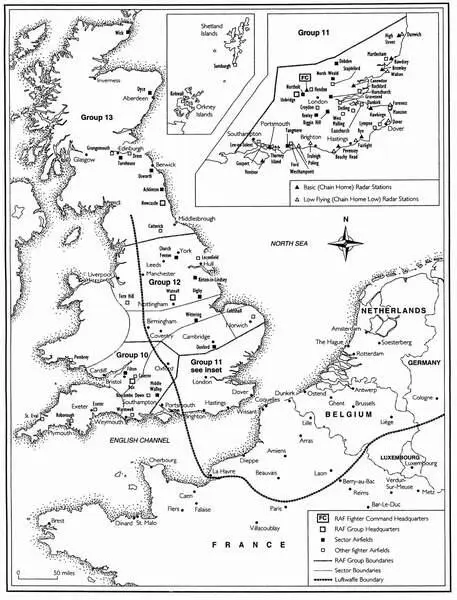
At 9 p.m. on Thursday, 15 August 1940, in a low-beamed, tile-hung pub in the Kentish village of Brasted, the conversation faded as a radio was switched on and the familiar pulse of the electronic time signal counted down the seconds to the main BBC news broadcast of the evening.
The voice of the announcer was calm but the events he described could not have been more dramatic. Throughout the day huge formations of German bombers, protected by large numbers of fighter escorts, had been crossing the Channel unloading cargoes of high explosive on military and industrial targets across south-east England.
The report was heard in silence until the newsreader revealed the day’s score. At least 182 enemy aircraft had been destroyed, he claimed, against British losses of only 34 fighters. There was a burst of cheering and a surge to the bar for celebratory drinks. As the radio was switched off the noise in the pub’s stone-flagged bars climbed back up to its normal convivial level.
Most of the men in the White Hart Hotel that evening were pilots from the fighter station at Biggin Hill, seven miles away through ragged, dusty-green lanes, across wheat fields ripened to the colour of wet sand. Watching them was an American journalist who had driven down from London that afternoon. In his report he wrote that he ‘found it incredible that these noisy youngsters were in fact front-line troops, even then in the thick of battle’.
It was true. The boisterous young men, tankards and cigarettes in hand, the top buttons of their slate-blue uniform tunics undone to show the world they were fighter pilots, had been on duty since the first light of what had been an unusually misty summer morning. Some had been in action three times.
The day had seen the most intense air fighting in history. The pilots had won a remarkable victory, though not as great a one as the official figures suggested. In fact seventy-eight German aircraft had been knocked down. It was less than half the number claimed, but there was no doubt that the Luftwaffe had been made to suffer.
Half of the men were from 32 Squadron. At the centre of the crowd was the new commander, Flight Lieutenant Michael Crossley, thin and dark-haired, with deep-set humorous eyes, who at six foot two was half a head taller than the other pilots. Before leading the men off, as the dusk thickened, for pints of the warm sudsy Page & Overton bitter that the White Hart’s landlady Kath Preston served from wooden casks, he had recorded the events of the day.
Down to Hawkinge 1 p.m. and from then on had a remarkably blitzy afternoon. Chased something up to Harwich and got mixed up with 109s going home. Got none. They got Grubby Grice instead who descended into the sea…back to Biggin to refuel. Off to Portsmouth and attacked thousands of 88s and 110s, got three. Refuel again and attack thousands of 17s who were beating up and bombing Croydon. Slapped down seven. ‘Polly’ Flinders took training flight out and he and Humph slapped down one each. Day’s bag twelve. 1
The 109s mentioned in this laconic entry were the Messerschmitt fighter escorts shepherding the fleets of raiders that arrived in successive waves from late morning. The ‘88s’ were Junkers 88s, twin-engined medium bombers. The ‘110s’ were Messerschmitt 110s, twin-engined fighters, and ‘17s’ were Dornier 17s, another medium bomber. The Germans had come in unprecedented numbers, launching attacks across an 800-mile front that reached from Edinburgh to Exeter in an effort to overwhelm Britain’s air defences and prepare the way for invasion.
The main engagement of 32 Squadron came late in the day. Shortly after 6 p.m., as the sun slipped westward, a force of Me 110s and 109s crossed the Kent coast near Dungeness and raced towards what they thought to be the RAF base at Kenley, a vital station in the RAF defensive system. A mistake in navigation meant they dropped their bombs on Croydon aerodrome instead. The effect was devastating. The bombs crashed between buildings. The blast rolled back and forth to maximum destructive effect. The passenger terminal, which before the war had been a symbol of all that was hopeful and positive about the new world of aviation, was wrecked. Sixty-eight people were killed, all but six of them civilians. There had been no warning. The air-raid sirens sounded fifteen minutes after the attack began.
Читать дальше
